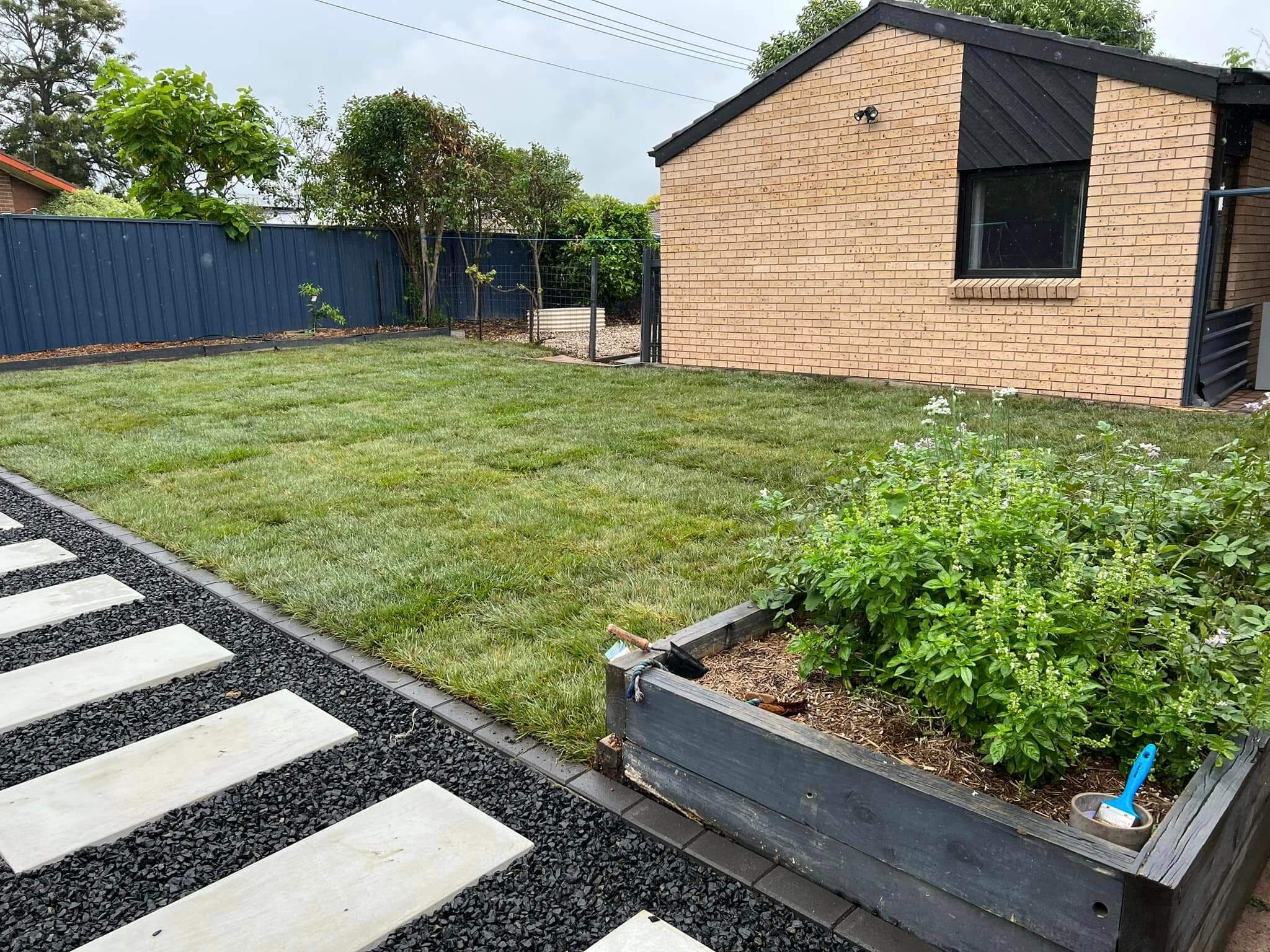
P.O. Box 772 CIVIC SQUARE ACT 2608

A well-planned garden that is accommodating to pollinators will be flooded with the symphonies of bees, butterflies, and birds. If you want your garden to do more than just look beautiful, you must master the art of enticing and helping pollinators. This blog will go into the basic principles of luring pollinators, such as bees, butterflies, and birds, to your outdoor space so that you can create an inviting atmosphere for them. When you are planning your house garden design Canberra, you should make it so that it is beyond the fundamental aesthetic desire of blooming flowers to attract pollinators.
The diversity of plants in a garden is the fundamental component of a habitat for pollinators. While it’s obvious that flowers attract pollinators, you should also grow various native plants. In addition to functioning as a known and healthy food source, native plants have grown alongside local pollinators. Look for a continuous flow of flowers from spring to autumn to offer nutrients to pollinators. Coneflowers, bee balm, and milkweed are all beautiful plants that entice an extensive number of pollinators.
Garden colour is just as crucial as shape or size when it involves coaxing in pollinators. Bees, for example, are attracted to vivid blues, purples, and yellows. The colours red, orange, and pink are the preferences of butterflies. Consider this when you’re planning your garden so that you can draw in people and avian visitors with an explosion of colour.
Make your garden a haven for pollinators by integrating a water feature. Butterflies and birds will enjoy a shallow birdbath or pond for more than just a drink of water on a hot day. Butterflies can peacefully sunbathe on stones placed under the sun. Plant clusters of local grasses and bushes around so tired insects and birds have someplace to sit.
The absence of dangerous pesticides is vital for flourishing your pollinator-friendly garden. Although pesticides and herbicides are beneficial, they have an unintentional effect of killing off helpful insects like bees and butterflies. Utilise organic techniques and witness your garden flourish. To minimise the amount of pests, entice natural predators like ladybirds and lacewings into your garden. So, when you are planning your house landscape design Canberra, get in touch with professionals like ACT House and Landscaping Maintenance to know how you design your garden to be pesticide-free.
In addition to nectar, pollinators demand a secure environment to rest, mate, and nurture their young. Introduce butterfly and bee nesting possibilities, including hollow stems and bee homes. Placing birdhouses at multiple locations throughout the garden will be an appealing sight to the birds. You should think about leaving a part of your garden to grow wild since this can offer an escape for animals.
Designing a garden that is a sanctuary for pollinators is more than just a hobby; it’s an excellent opportunity to encourage others. Put up banners or start a blog to educate others on pollinators’ significance and your efforts to help them. Inspire people to do the same so you can build a web of socially and environmentally beneficial pollinator-friendly locations.
Your garden requires more than flowers to attract pollinators. A comprehensive strategy requires considering bee, butterfly, and avian life cycles. You ought to cultivate diverse plants, know what shapes and colours pollinators enjoy, offer water, shelter, and food, and stay away from pesticides and herbicides. You improve your environment’s natural balance, and your garden becomes a bright, beautiful shelter where everyone can appreciate plant-animal harmony.